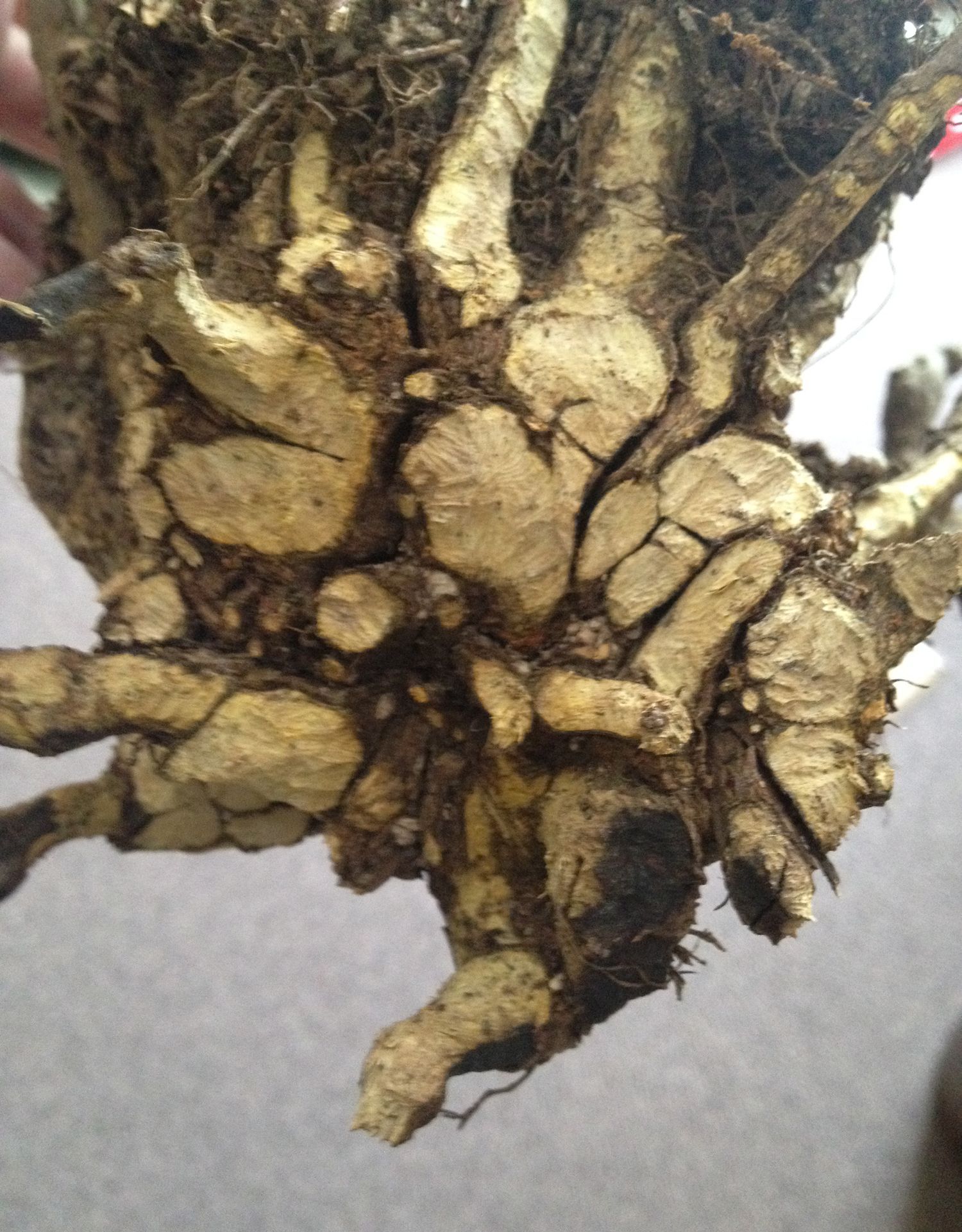Questions about problems sprouting like weeds this season
Published 12:00 am Friday, May 23, 2014
SALISBURY — Spring has sprung out of the gate and for the most part, it has been a pretty decent season, until this week.
This week our office has been under siege with numerous questions about disease and pest problems. Hopefully, this week’s issues can help prevent future issues in your gardens.
Question: What is wrong with my Bradford pears? The leaves are turning black. The second question was: What is this blight on my tree?
Answer: Unfortunately, this is fire blight and pears are notorious for receiving this disease. The photos submitted show the “burnt” leaf appearance and the shepherd’s crook on the ends of the limbs. This is why we do not typically have pear orchards. There is little one can do. Streptomycin has been used before, but we have already witnessed resistance. Pruning out the diseased limbs is the only way to help maintain the life of the tree. When you prune and to control the spread of the disease, you must clean/sanitize your pruning tools after every cut by using a diluted bleach solution (1:10 bleach to water ratio). Fire blight is spread by wind and rain and it is important to dispose of the diseased debris. Do not leave the debris close by or you run the risk of spreading the disease further. Fire blight can also attack apples, so be careful planting in close proximity. Always monitor your fruit trees for disease to help keep this disease under control.
Question: What is killing all of my plants? I have planted more than 100 plants and many of them are dying.
Answer: This question came from a client visiting the office with a plant sample. The sample was a dead shrub with the roots chewed off. This was a clear sign of vole damage. Voles are small, mice-like mammals that feed on vegetation. They do not like being out in the open, so they prefer to dig tunnels and holes, and hide under mulch and other tall debris. This is to help them with predation.
Unfortunately for homeowners, once voles have moved in, they can sometimes get by without much thought till the homeowner has 10 or more holes in the yard. Voles breed very rapidly and their numbers can explode in a short amount of time. Some people confuse voles with moles but using the age-old saying, “Voles start with a V so they eat Vegetation and Moles start with an M so they eat Meat” (usually grubs).
Voles can be treated with rodenticide, the most common for homeowners is chlorophacinone. Of course, always read the label for control methods, pesticide safety and how long to wait before retreatment. Retreatment may be necessary and can be determined by using the apple test, this is where you take a slice of an apple and place in one of the vole holes. Cover the hole with a garden pot since voles do not like open areas and check the area after about five days to see if the apple was eaten. If it was eaten or removed you will need to retreat per the label of the rodenticide. If the apple was left alone, check again at a later time to make sure you have controlled your problem.
Question: My peaches fell off this year, what did I do wrong?
Answer: This can be multiple problems, but the most likely culprit was the cold weather we received later in the year. It also depends on the variety of peaches that you grow. If you use a peach that blooms earlier (has a low chilling hour) then the cold snap definitely got them. Disease can also be an issue, and that is why it is important to be on a spraying program if you are growing fruit trees. There are some limited organic options to help control disease in fruit trees but not spraying is asking for trouble.
For more information on disease, pests, and general horticulture questions contact your local Extension Agent, Danelle Cutting, at 704-216-8970. Or, visit some of the websites below:
Fire blight: http://www.ces.ncsu.edu/depts/pp/notes/oldnotes/fd3.htm
Voles: http://www.ces.ncsu.edu/nreos/wild/wildlife/wdc/voles2.html
Growing peaches: http://www.ces.ncsu.edu/depts/hort/hil/ag30.html
2014 Spray Guide for Peaches and Nectarines: http://www.ces.ncsu.edu/wp-content/uploads/sites/9/2014/02/NCPeachSprayGuide2014.pdf





